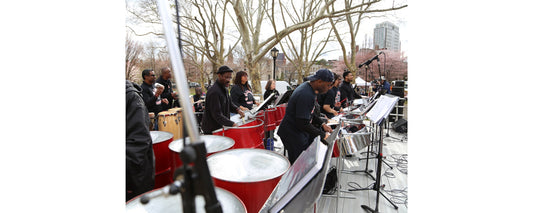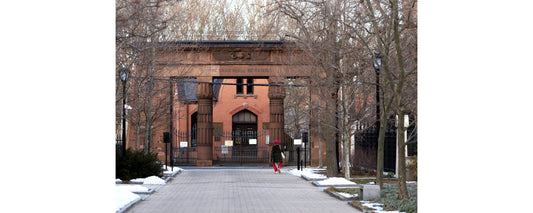When Project Storefronts began two years ago as a support network and stimulus program for creative small businesses that would have trouble starting up through more conventional channels, the first application the program received was from The Grove. It was also the first application to be accepted.
It was a natural fit. The Grove had a mindset that was strikingly similar to Project Storefronts: in this economy, small businesses need a leg up. They need a stable work environment in order to explore and realize their often quirky cutting-edge ideas. They need a sounding board of neighbors and colleagues who can offer their own insights or quick assists.
When Project Storefronts moved on from that initial block of Orange Street spaces in search of other temporary locations, The Grove remained as a freestanding, self-sustaining operation. Ken Janke, who co-founded The Grove with Slate Ballard, sees its success as “encouragement to our entrepreneurial community.”
sponsored by
“We went into this thinking ‘We’re going to make this work,’” Janke continues. “Without Project Storefront’s generosity of three months free rent…”
“…we wouldn’t have gotten a chance to test our prototype,” Slate finishes. The way the men complete each other’s sentences and blurt out the same thoughts simultaneously is illustrative of The Grove’s openly collaborative workplace culture.
“Our goal was never just, ‘Let’s provide wireless and desks,’” Ballard says. “Our goal was to foster collaboration and innovation. We had a culture we were ready to drop on New Haven. In that respect, the prototype worked.”
“Our theory is that if you want to change a culture, you have to change the way you problem-solve. Here, non-profits and for-profits are working side-by-side. They’re able to rethink how they do the work they’re doing.”
Many Grove members are new businesses still figuring out how to run efficiently and maintain a creative spark. “We’re looking for people doing interesting projects,” Ballard says. Those projects run the gamut from healthcare, graphic design, environment, education and community services. “Once people found the courage to initiate a project, they found they didn’t have all the skills and resources to continue it. Making The Grove community-based allows them to share.”
For some members, having a convenient and affordable downtown workspace is reason enough to join The Grove. Some members already live downtown, and could easily work at home, but get something special out of the networking opportunities and camaraderie The Grove provides. “Our members come from all over the region, as far as Hartford and Norwalk,” Janke says. “One member lives on this block,” Ballard adds.
Currently The Grove serves around 100 members, who pay a monthly fee depending on how many hours they use the place. Some businesses sublet entire offices on the premises long term, but many members bop in and out to work on special projects. Most members, Janke and Ballard say, are in the 50-100 hours-a-month range. How many more members could they accommodate? “It depends on the mix,” they say. What’s important to them is how everyone interacts. “When they walk in The Grove, they feel like part of a bigger community,” Janke says. “These are value-added pieces that make it hard to explain to the outside world. It’s a knowledge-sharing culture. We have workshops that are planned by members as well as by Slate and myself. We have a lot of events that are open to the general public. We hold regular meetings with the members. They’re sourcing our community. They have input. We expect that of them. They are part of our ethos. They are co-owners of The Grove with us.”
One recent realization that grew out of the groupthink was that, with so many self-employed freelancers and no equivalent of the Human Resources Department, there was no central repository of information about fellow members which could be accessed in case of emergencies. So a team was formed to gather such data. Now, if someone has a heart attack, for instance, loved ones can be notified.
The Grove has been approached to open similar co-working operations in other cities. Interest has come from several other cities in Connecticut, from numerous other states, and even from the country of Argentina. Co-working spaces are all the rage these days: “The number has doubled every year since 2006,” Ballard says. “It’s a pretty huge movement.” Still, he and Janke see the unique qualities of the city of New Haven as being a big factor in The Grove’s success. For new Groves to grow, all the elements need to be in place.
The Grove
71 Orange St., New Haven (map)
(203) 654-WORK
http://grovenewhaven.com/
Written and photographed by Christopher Arnott.








